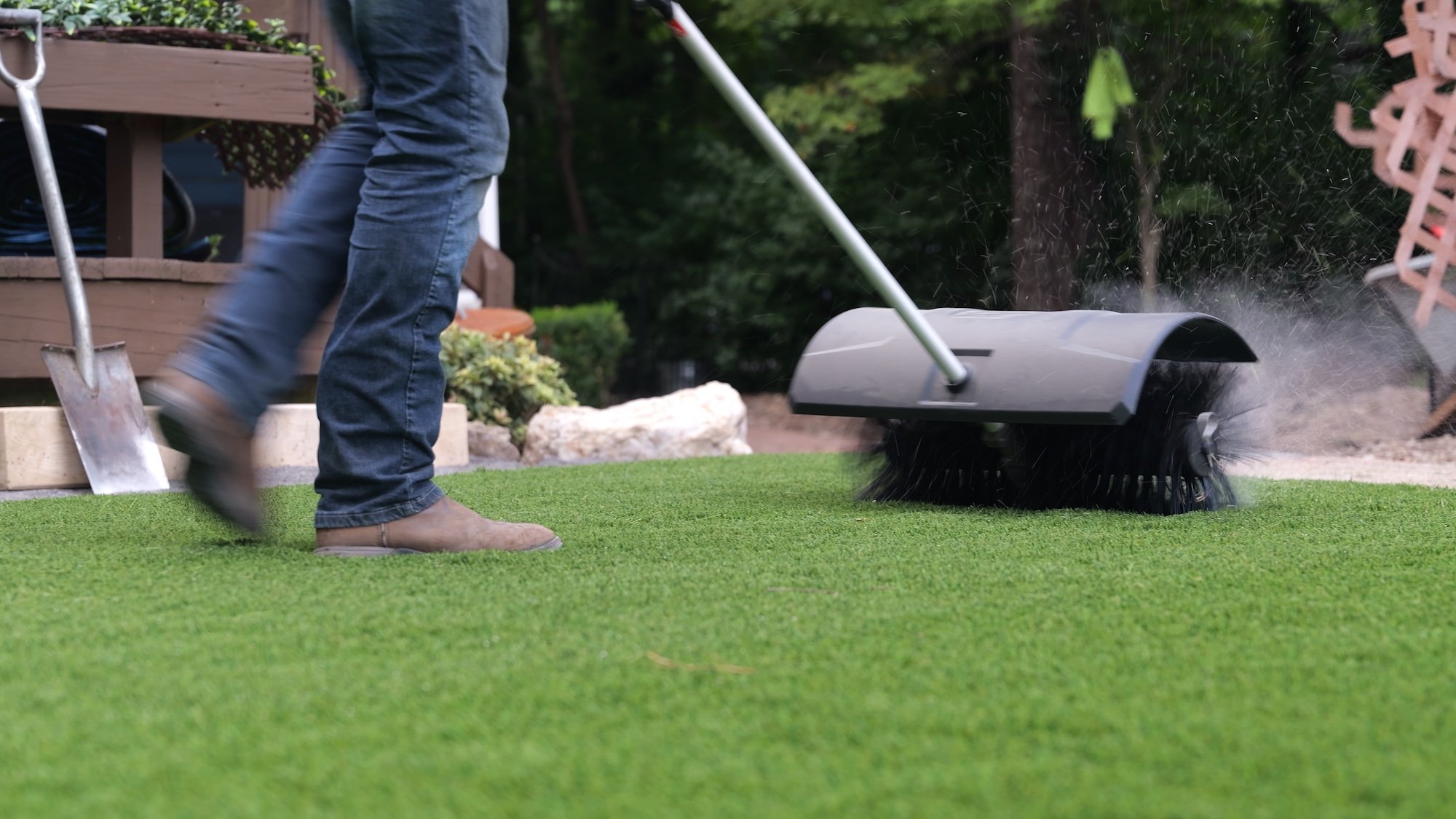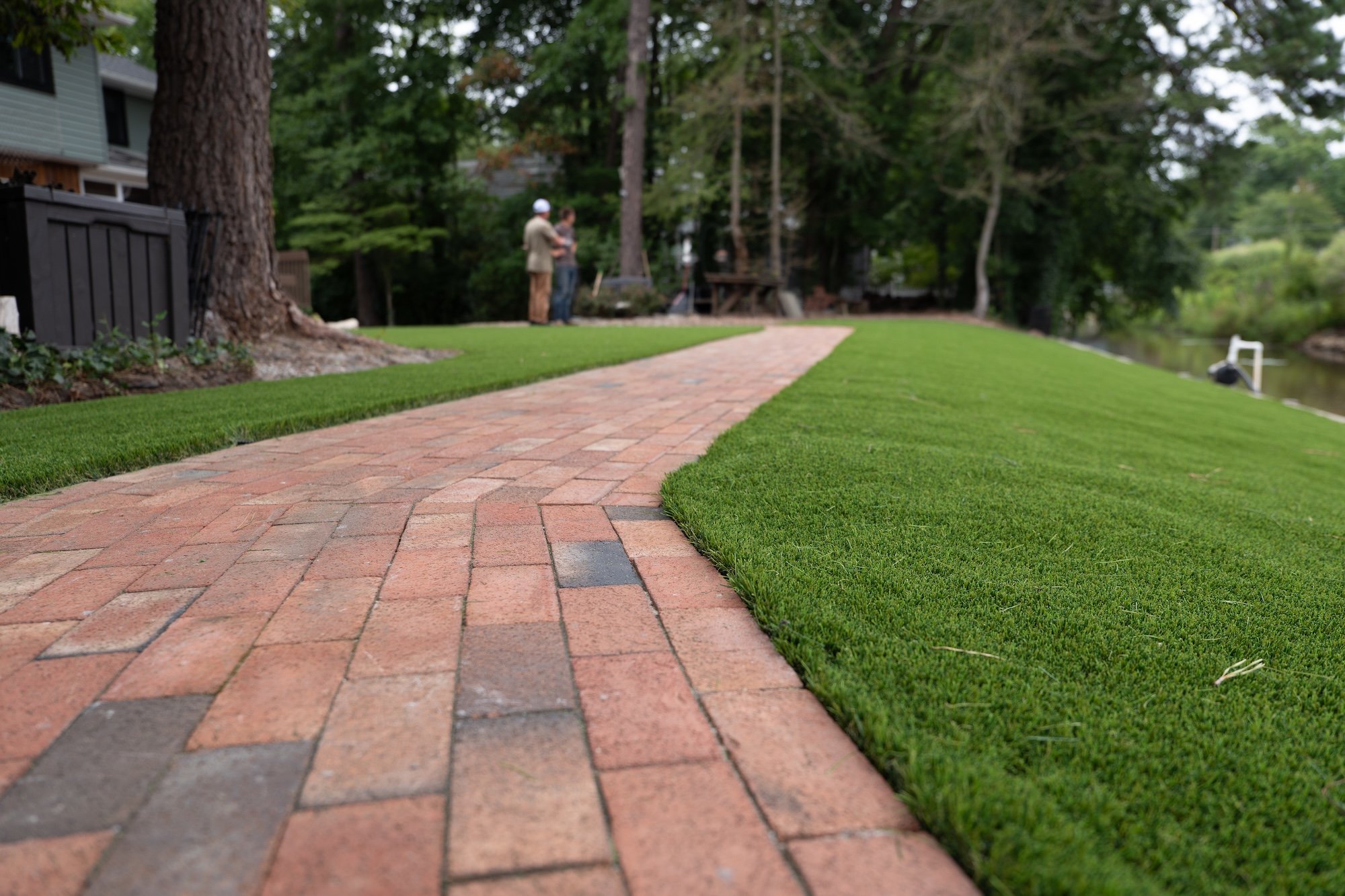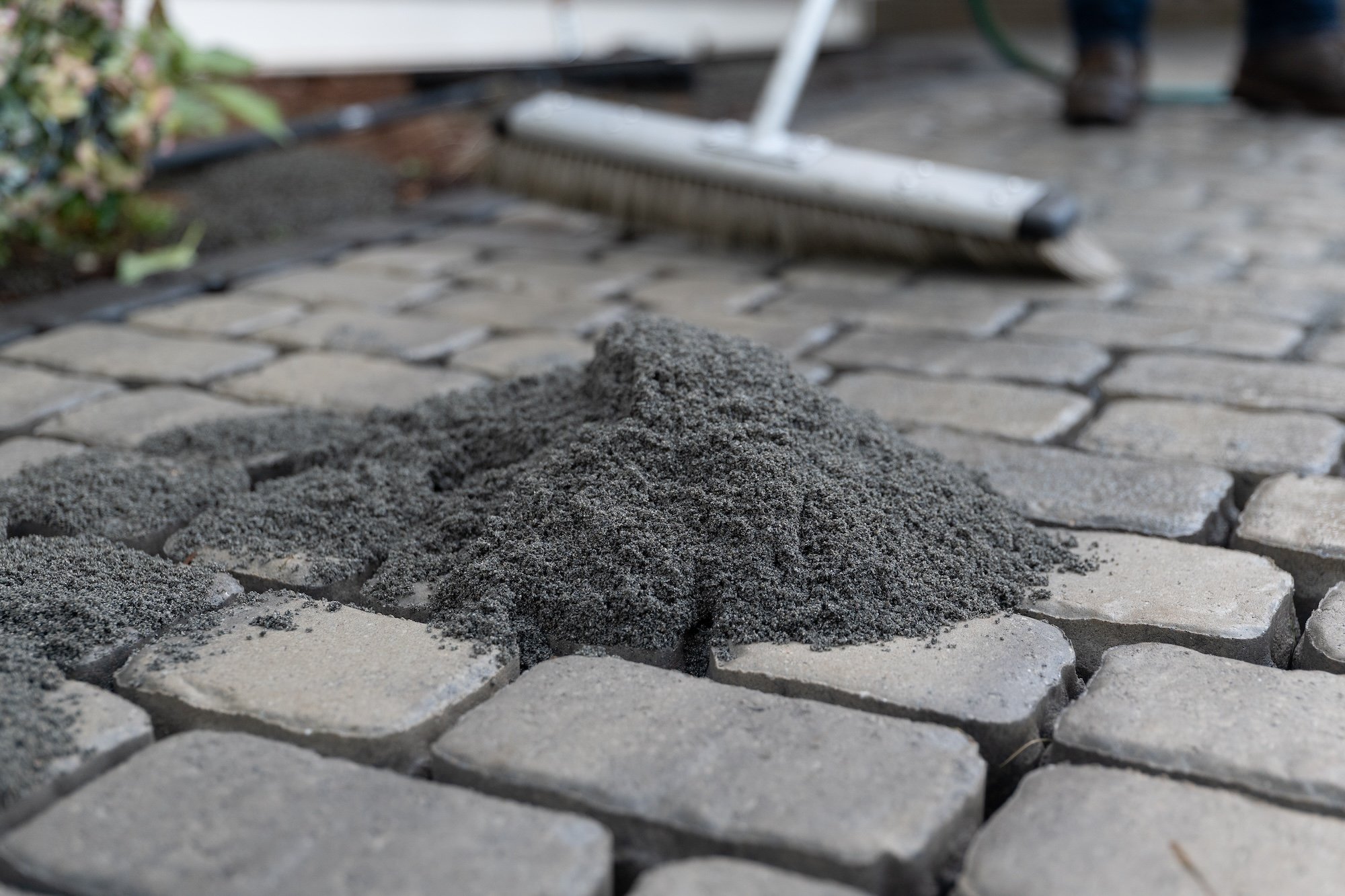
THE STUDIO BLOG
Expert Knowledge at Your Fingertips
Filter by category here.
5 Ways To Level Up With Alliance Products This Year
It doesn’t matter if you’re a seasoned hardscape professional who has been using Alliance products for decades or if you’re relatively new to the game. Today we’re going to share five ways to level up with Alliance products this year. You’re guaranteed to unlock some new opportunities and perhaps increase your revenue, too.
Mastering The Watering Process: G1 vs G2 Polymeric Sand
When it comes to installing polymeric sand, proper water activation is key to getting durable, long-lasting joints. Whether you're using our first generation or G2 polymeric sand, understanding the correct watering method ensures successful product performance. In this post, we’ll give you a breakdown of the recommended watering steps for each product, so your project looks great and performs even better.
Choosing The Right Infill Sand For Your Artificial Turf Installation
When it comes to artificial turf, infill matters … and we’ve made it easier than ever with our simplified selection of infill sands in our Gator X-Turf Collection. Whether you're installing a putting green, a pet-friendly play area, or a lush backyard retreat, we offer three standout infill sands to suit your specific needs: Beige, Green, and Zeo-White.
Pro Tips For Creating A Putting Green With Gator X-Turf
Creating a putting green using artificial turf can present a unique set of challenges. In this post, we’re going to explain what those are and outline best practices for accomplishing the design using Gator X-Turf.
If you can install pavers, you can install turf. Here’s why.
If you install pavers, installing turf will feel familiar to you. In this post, we’re going to explain the similarities between preparing a base for pavers vs. turf and highlight the tools for a typical turf job, a few of which you probably already have.
How Much ______ Do I need?
The Gator X-Turf Collection is the first and only complete system on the market for installing artificial turf. In this post, we’ll provide basic recommendations for how much of each component you’d need to install a basic 500 sq. ft. job.
3 Edging Solutions For Artificial Grass
There are several options for artificial turf edging on the market, and some of the more expensive options aren’t necessarily the best. In this post, we’ll look at 3 popular choices.
Gator X-Turf Q&A
In this post, we’re answering real questions from contractors about our new Gator X-Turf Collection.
7 Mistakes To Avoid When Installing Artificial Turf
In this post, we’ll outline the seven biggest mistakes to avoid when installing artificial turf.
Tips & Tricks For Installing Gator X-Turf
In this article, we’ll share helpful tips and tricks for properly installing each component of the Gator X-Turf Collection.
What’s the best glue for seaming artificial turf?
We’re getting straight to the point: Gator XP Glue is the best glue to use when installing artificial turf. In this post, we’ll explain why.
How To Prepare The Base For A Gator X-Turf Job
Planning to install Gator X-Turf? In this post, we’ll detail everything you’ll need to know about properly preparing your base.
What’s the purpose of infill sand for artificial turf?
Spreading a layer of infill sand is an important part of the installation process for artificial turf. In this post, we’re going to explain why.
New to turf? Learn these 6 terms.
If you’re a hardscape professional who’s new to the world of artificial turf, this post explains six important terms you’ll want to familiarize yourself with.
How To Install Nitro-X In 4 Steps
Installing Nitro-X is a straightforward process. In this blog post, we’ll explain how to assess your project ahead of time and then walk you through the four installation steps.
3 Things To Do Before Starting Your Nitro-X Project
Nitro-X, like its counterpart Gator Nitro, is ideal to use if you’re looking to achieve top-to-bottom strength within a paver, stone or tile joint. Both products can be installed rain or shine and also offer the added benefit of permeability (although the regular Gator Nitro is more permeable than Nitro-X). If you’ve decided Nitro-X is a good fit for your project, you’ve come to the right place. In this post, we’ll outline the three things you must do before getting the installation started.
6 Key Differences Between Gator Nitro and Nitro-X
Nitro-X was launched three years after the original Gator Nitro to meet the market’s demand for a strong joint material that hardens from top-to-bottom yet can also be worked into more narrow spaces. In this article, we’ll outline the six main differences between Nitro-X and the O.G. Gator Nitro.
4 Things To Do Before Sealing Your Pavers
Sealing is a great way to protect the investment of an outdoor patio, pool deck or walkway. In this post, we’ll explain four important things that need to be done prior to starting the sealing process.
Solvent-based vs. Water-based Sealers
Knowing a few simple facts about solvent-based vs. water-based sealers can make all the difference when it comes to choosing the right sealer for the job. In this post, we’ll cover what you need to know about these two sealer varieties and the considerations you should take prior to applying them.
6 Sealer Don’ts
Fixing improperly sealed pavers can be costly and challenging. In this post, we’re going to share the six most common mistakes we see out in the field to help you avoid making them.




















